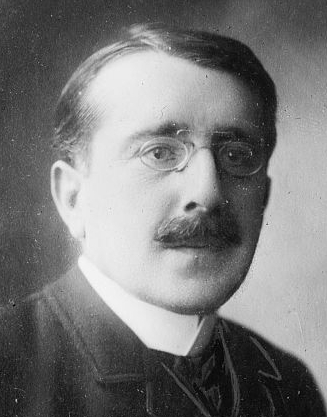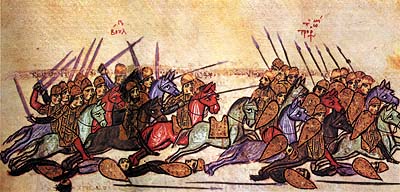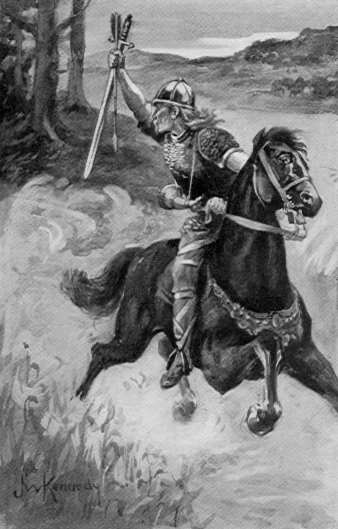Frantz Funck-Brentano, a member of the Institute of France, describes the role of the family in the constitution of feudal society in his celebrated work L’Ancien Régime.
The Ancien Régime grew out of feudal society. Nothing contradicts this. As for the feudal system, it was produced, in that astonishing period which ran from the middle of the tenth century to the middle of the eleventh century, by the old French family transforming its private institutions into public institutions.
During the course of the ninth and tenth centuries, the succession of barbarian, Norman, Hungarian, and Saracen invasions plunged the country into an anarchy in which all its institutions collapsed. The peasant abandoned his devastated fields to flee the violence; the people hid in the depths of the forests or inaccessible places; they took refuge high in the mountains. The ties which served to unite the inhabitants of the country were severed; the customary or legislative rules were broken; society was no longer governed by anything.
It was within this anarchy that the work of social reconstruction took place, by the only organized force which had remained intact, under cover of the only shelter that nothing can upturn, for it has its foundations in the human heart: the family.
Under duress the family resists, fortifies itself; it becomes more cohesive. Forced into self-sufficiency, it creates the means necessary for agricultural and mechanical work, and for armed defense. The State no longer exists; the family takes its place. Social life closes in around the home; communal life is confined to the limits of the house and the domain; it confines itself to the walls of the house and its environs.
It creates a little society, near to, but isolated from other similar little societies based on the same model.
At the beginning of our history the head of the family is reminiscent of the ancient paterfamilias. He leads a group which gathers around him and bears his name; he organizes the common defense; shares out the work according to the abilities and the needs of each. He reigns—the word is in the texts—as an absolute master. He is called “sire.” His wife, the mother of the family, is called “dame,” domina.
A man’s family became his fatherland, which the Latin texts of the time indicate with the word patria, a thing beloved with a tenderness all the stronger as it is always there, in full view of all, alive and concrete. It makes its presence, and its sweetness, immediately felt; it is a cherished and solid armor, a necessary protection. Without the family, a man could not survive.
Thus were formed the feelings of solidarity that united the members of the family to one another and that, under the influence of a sovereign tradition, would steadily grow and become more defined. [Frantz Funck-Brentano, L’Ancien Régime (Paris: Americ=Edit., 1936], pp. 12, 14.)

Wilfred the Hairy was from the Carcassone region in France. He was made Count of Urgell and Cerdany by Charles the Bald. Later on, he was made Count of Barcelona, Girona, and Besalú by Louis the Stammerer. He is considered the founder of Catolonia and died fighting Lubb ibn Muhammed ibn Qasi and his Muslims in 897. Stone statue of Wilfred the Hairy († 897) in Madrid. Sculpted by Luis Salvador Carmona.
Plinio Corrêa de Oliveira, Nobility and Analogous Traditional Elites in the Allocutions of Pius XII: A Theme Illuminating American Social History (York, Penn.: The American Society for the Defense of Tradition, Family, and Property, 1993), Documents VIII, pp. 503-504.














